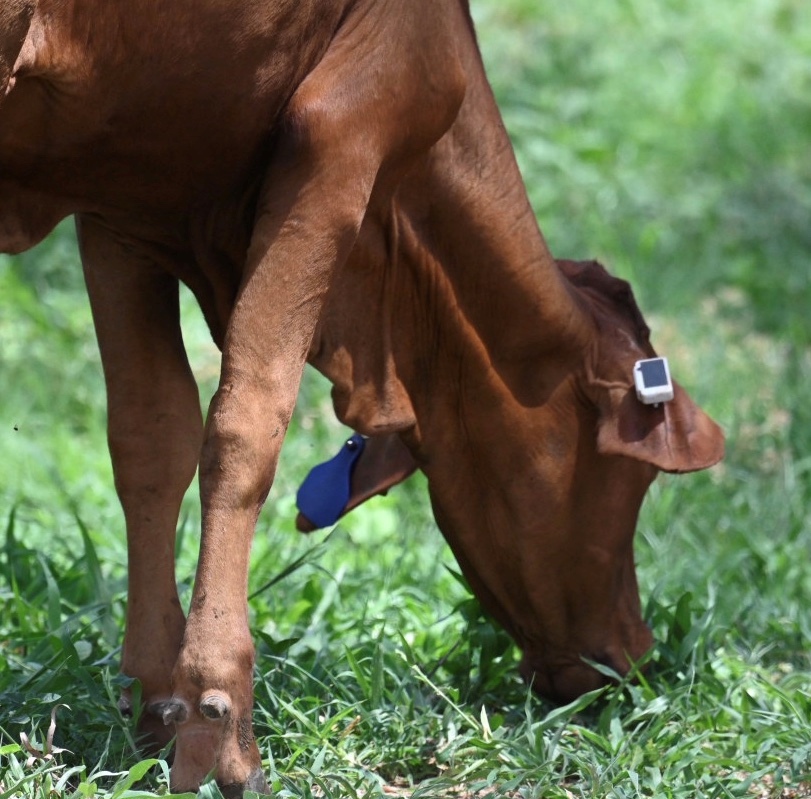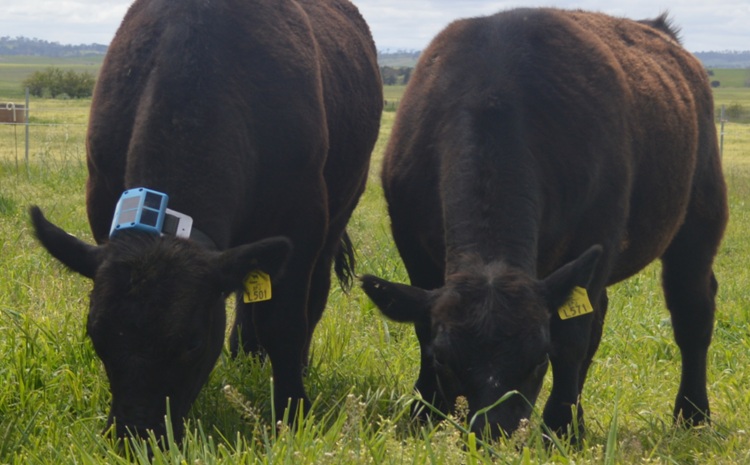Data-driven approach to improving livestock productivity, sustainability
However, poor and inadequate livestock data is limiting the development opportunities in this sector, whilst also hindering progress to the global goals of food security and zero hunger.

More than 1 billion poor, especially in low and middle-income countries, depend on livestock for food, nutrition, and income. The livestock sector contributes to 40 percent of global agricultural gross domestic product and also has a major role to play in achieving key global sustainability goals.
As the human population continues to grow, so does the demand for livestock products. To feed a population of 9.6 billion, the global demand for livestock production would have to grow by 70 percent by 2050.
However, poor and inadequate livestock data is limiting the development opportunities in this sector, whilst also hindering progress to the global goals of food security and zero hunger. Governments, investors and other stakeholders need real-time quality data on the status of animal health and productivity to assess the sectors' progress, minimize its environmental footprint and maximize productivity.
How can Big Data help?
With the advent of big data, a collection of extremely huge volumes of data sets, there is no dearth of real-time, low-cost and open data. All major emerging technologies like blockchain, artificial intelligence, augmented reality, the Internet of Things (IoT), etc. harness big data to generate accurate actionable insights for addressing some of the most pressing challenges of our time.
Just as it has transformed every industry ranging from finance to healthcare, data also has the power to transform the livestock sector. Traditional statistical data (census, surveys, and other government records), when combined with big data can produce high-quality, real-time and more granular development data that may be used to expedite the decision-making process and more efficiently measure current progress.
With real-time relevant data, livestock producers can monitor animals' health, enhance productivity and traceability along the supply chain. From enabling real-time health management and operational decision making, here is how big data and information and communication technology can help intensify livestock systems and drive business growth to an unprecedented level.
Disease surveillance
Health issues and diseases can decrease production efficiency of livestock by up to 33 percent, says a Deloitte study. To make livestock more productive and healthy, it is critical to monitor, prevent and control the spread of animal diseases that would otherwise threaten productivity, human health, international trade, and even food safety.
Biosensors and wearable technologies provide significant benefits in health monitoring, disease detection and overall well-being of farmed animals. They provide accurate real-time information about animal's fertility, health, nutritional status.
For example, Ceres Tag, a smart ear tag developed by agtech company Ceres Tag and the Commonwealth Scientific and Industrial Research Organisation (CSIRO) automatically collects and sends valuable data directly from animals to the satellite and then to the farmers. The GPS-enabled digital tag provides health and bio-security notification, remote identification of each animal, serving as a complete identification and management tool for the livestock producers and the supply chain.
 Image: Ceres Tag / Credits: CSIRO
Image: Ceres Tag / Credits: CSIRO
California-based Rex Animal Health seeks to empower livestock and food producers with a more data-driven approach. Rex's data visualization and predictive analytics tools provide actionable insights and analytics to make veterinary medicine and husbandry data-driven. It provides solutions for disease forecasting and tracking, farm-level data to curb antimicrobial resistance use and genomics solutions to identify potential herd traits.
Farm and feed management
From detecting diseases and feed schedules to providing real-time information on animal performance, information and communication tools have the potential to improve the efficiency and cost-effectiveness of livestock production systems around the world. Smart sensors and wearable devices are gaining ground in livestock tracking and management.
CSIRO and the NSW Department of Primary Industries have co-developed eGrazor, a wearable device that determines pasture intake by cattle based on behavioral information. The solar-powered system's sensors are worn by grazing livestock and collect real-time behavioral data that can be interpreted to inform management strategies for sustainable livestock production systems.
 Image: eGrazor / Credits: CSIRO
Image: eGrazor / Credits: CSIRO
GPS Ear tags developed by moovement provide actionable insights and alerts without mobile coverage. Powered using a battery and integrated solar panels, the insightful data generated from the tags help in making better management decisions.
For feed management, Cainthus, a computer vision (CV) and artificial intelligence company has developed ALUS Nutrition, a device that independently monitors feeding events 24/7 and alerts the farmer when feeding management practices need attention. Using a smart camera system, the device collects video data on-site, processes the visual information in real-time and gives back key insights that highlight any action to be taken to improve the farmer's overall profitability and productivity.
Productivity
Lack of relevant data and appropriate technologies significantly impact both the production and productivity of the livestock sector.
GrowSafe System Ltd, a Calgary-based company that builds advanced animal agriculture systems for livestock producers is trying to change the industry using analytics. Using integrated hardware and software analytics, GrowSafe’s advanced data acquisition platform collects biometric and environmental data across the animal production supply chain with automatic integration of external data sources and sensors. Producers can use these new insights to monitor the performance and health of an individual animal whilst optimizing profit on their operations.
Environmental footprint
According to FAO, about 20 percent of the world’s pastures and rangelands, with more than 70 percent of the rangelands in dry areas, have been degraded to some extent, mostly through overgrazing, compaction, and erosion created by livestock keeping. The sector accounts for nearly one-tenth of global human water use and is also a major source of pollution. It emits an estimated 7.1 Gt of CO2-equivalent per year, representing 14.5 percent of human-induced greenhouse gas (GHG) emissions. Overall, the sector has deep and wide-ranging environmental impacts.
To ensure sustainability, the livestock sector needs quality and reliable data to meet growing demands and foster economic growth opportunities whilst simultaneously minimizing its impact on the environment and other resources. Data coming from satellites and sensors can be used for better land management decisions, to identify over-grazed areas or those with agricultural potential, to manage water and other natural resources effectively.
(Disclaimer: The opinions expressed are the personal views of the author. The facts and opinions appearing in the article do not reflect the views of Devdiscourse and Devdiscourse does not claim any responsibility for the same.)
- READ MORE ON:
- Big Data
- livestock
- IoT
- Biosensors
- wearable
- CSIRO
- greenhouse gas
- FAO
- FIRST PUBLISHED IN:
- Devdiscourse
ALSO READ
Physiotherapist Arrested for Alleged Assault on Intern
Verification Drive in Muzaffarnagar Riots Victim Colony: An Immigration Check
A New Dawn for 'Ikkis': The Patriotic War Drama Set for New Year Release
Poonam Soni Unveils 'BraceWatch': A New Era in Wearable Art
Inside Efforts to Reassess Capitol Riot Prosecutions Under Trump's Administration










